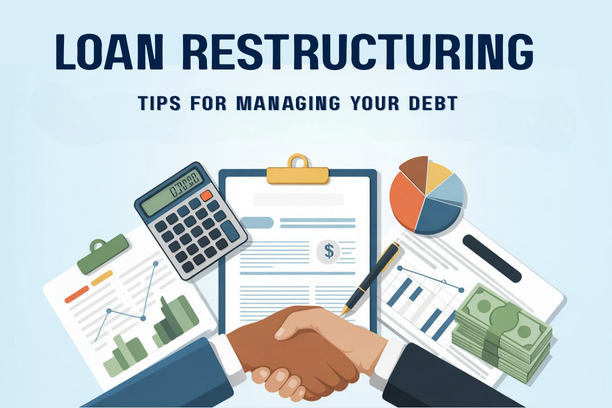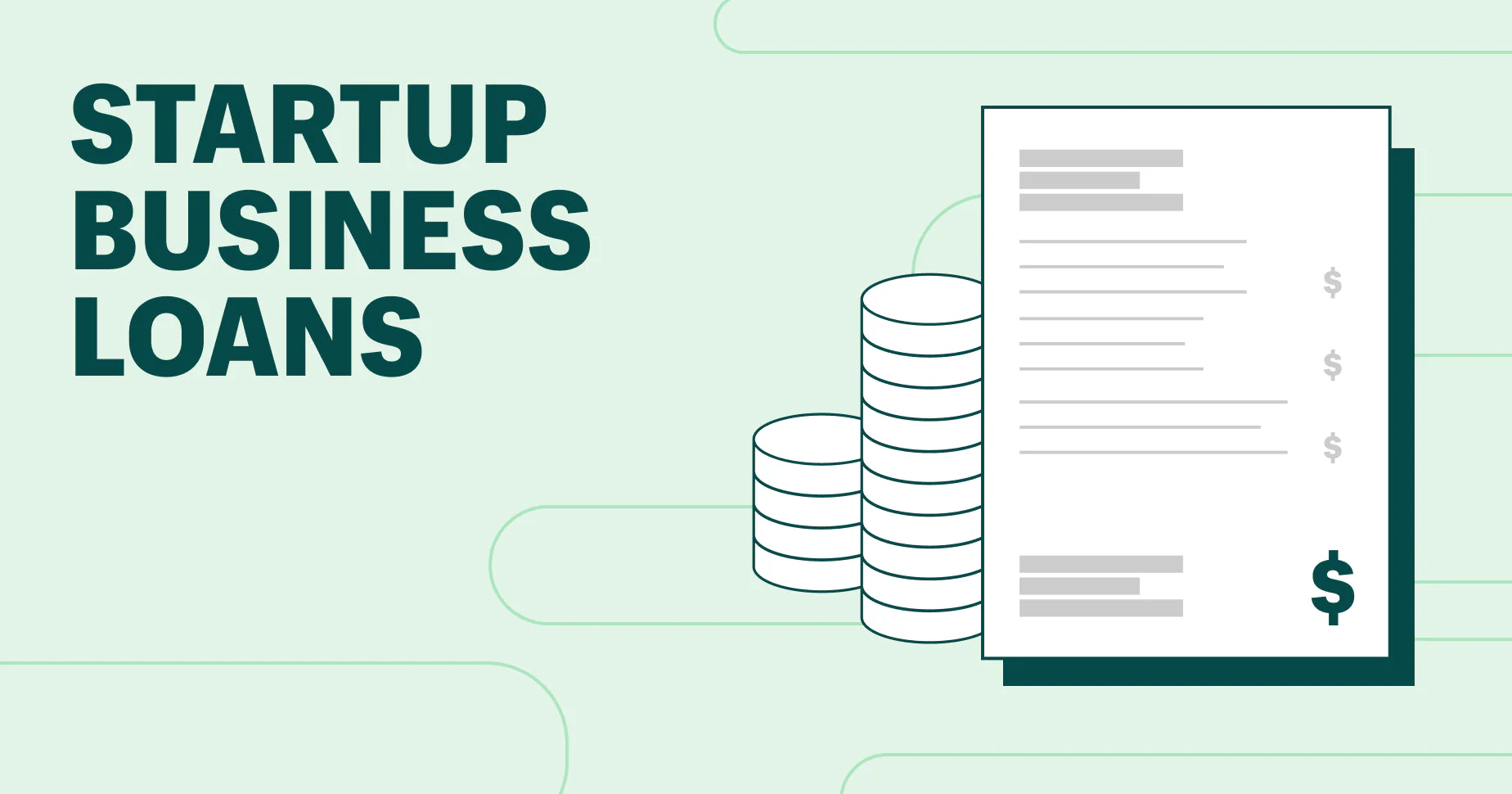The dream of owning a car is a powerful motivator for many Filipinos, but for those with a low to moderate income, it can feel like a distant reality. Traditional banks and lenders often have strict minimum monthly income requirements of ₱30,000 or more, making it difficult for many to even qualify for an application. However, securing a car loan is not impossible for everyone. While the journey may be challenging, there are alternative financing options and smart strategies that can make the dream of car ownership achievable. This guide will provide you with a comprehensive look at affordable car loans for low-income earners, exploring viable alternatives to traditional banks and offering practical advice to boost your chances of getting approved.
1. Navigating the Challenges of a Low-Income Car Loan Application
Before exploring the solutions, it’s essential to understand the primary hurdles that low-income earners face. Banks assess a borrower’s ability to pay by looking at their monthly income and debt-to-income (DTI) ratio. If your gross monthly income is below their set threshold, or if your existing debts are too high, your application will likely be denied.
The Problem with Minimum Income Requirements
Most major banks in the Philippines have a minimum income requirement for auto loans. This minimum is in place to ensure that the borrower can comfortably afford the monthly amortization. For example, if a bank’s minimum monthly income requirement is ₱30,000, and the monthly amortization of your desired car is ₱15,000, the bank will see that as a very high DTI, leaving you with little disposable income. This is why a low income is often the most significant obstacle to getting a loan.
The Vicious Cycle of No Credit History
Another major challenge is a lack of credit history. If you have never applied for a loan or a credit card before, banks have no way of assessing your payment behavior. This makes you a “high-risk” applicant in their eyes, as there is no proof that you are a responsible borrower. Without a solid credit history, it is much harder to get a loan, even if you have a decent income.
2. Exploring Alternative Financing Options
For those who may not qualify for a traditional bank loan, there are several alternative avenues that offer more lenient requirements. It is crucial to be aware of these options and their respective pros and cons.
In-House Financing from Dealerships
In-house financing is a popular choice for many car buyers, especially those with lower incomes. This financing is provided directly by the car dealership or its affiliated lending company.
- Pros: Dealerships are more flexible and have a faster approval process. They often offer low down payment promos, sometimes as low as
₱10,000or a single-digit percentage, which makes it easier to get a car without a lot of upfront cash. The documentary requirements are also typically simpler than those of a bank. - Cons: The primary drawback is the higher cost. Interest rates for in-house financing are almost always significantly higher than bank rates. This means your monthly amortization will be higher, and you will pay more in total interest over the life of the loan. While it offers a low barrier to entry, it is often a more expensive option in the long run.
Lending Companies
Non-bank lending companies, such as Global Dominion, Asialink, and Orix, are another excellent alternative. They specialize in a wide range of loans, including car loans, and are known for their fast approval and more lenient lending criteria.
- Pros: Lending companies are often more willing to consider applicants with a less-than-perfect credit history or those who don’t meet a bank’s minimum income requirement. Their approval process can take as little as 24 to 48 hours. They also offer more flexibility with second-hand vehicles, which are a more affordable option for many low-income earners.
- Cons: Similar to in-house financing, the interest rates from lending companies are usually higher than those from banks. It is also crucial to do your due diligence and choose a reputable and SEC-registered lending company to avoid scams.
Cooperative Loans
If you are a member of a credit cooperative, you may have access to a very good financing option. Cooperatives often offer auto loans with competitive rates and flexible terms to their members.
- Pros: The interest rates for cooperative loans can be very competitive, sometimes even lower than bank rates. The requirements are more lenient for members, and the loan approval process is usually straightforward. You also get a share in the cooperative’s profits in the form of dividends and patronage refunds, which can help offset the loan’s cost.
- Cons: You must be a member of the cooperative to apply. The loan amount and terms may be tied to your membership and share capital.
Pag-IBIG Fund and SSS Loans
While Pag-IBIG and SSS do not offer a direct auto loan, their short-term loans can be used to help with a car purchase. A multi-purpose loan from Pag-IBIG or a salary loan from SSS can provide a lump sum of cash that you can use to pay for a larger down payment or cover other upfront costs like insurance and registration. This can reduce the amount you need to borrow from a bank or lending company, which can improve your chances of approval.
3. Strategies to Improve Your Chances of Approval
Regardless of which financing option you choose, there are several things you can do to strengthen your loan application and make yourself a more attractive borrower.
Get a Co-Maker
A co-maker, also known as a co-borrower or guarantor, is an individual who agrees to be jointly responsible for the loan. A co-maker with a high and stable income and an excellent credit score can significantly improve your chances of getting approved. It reduces the bank’s risk and shows them that there is a fallback plan in case you are unable to make your payments. A co-maker is one of the most effective ways for a low-income earner to secure a car loan from a traditional bank.
Save for a Larger Down Payment
While low down payment promos are tempting, a larger down payment is a strategic move that can save you money in the long run and improve your chances of approval. By paying a higher amount upfront, you reduce the total loan amount, which in turn lowers your monthly amortization. A larger down payment also signals to the lender that you are a financially responsible borrower who is committed to the purchase. A down payment of 30% or more can often make you eligible for a lower interest rate, as the bank’s risk is significantly reduced.
Improve Your Credit Score
Your credit score is a crucial factor in the loan approval process. It is a three-digit number that tells lenders how well you have managed your debts in the past. To improve your credit score, you can:
- Pay all your bills on time: This includes credit card bills, personal loans, and even utility bills. Consistent on-time payments are the most important factor in building a good credit score.
- Pay off existing debts: If you have outstanding credit card balances or other small loans, pay them off before applying for a car loan. This will lower your debt-to-income ratio.
- Get a credit card and use it responsibly: If you don’t have a credit history, getting a secured credit card and using it for small, regular purchases that you pay off in full each month is a good way to start building a positive credit record.
Choose an Affordable Vehicle
This may seem obvious, but many people make the mistake of applying for a loan for a car that is beyond their financial capacity. A brand-new car may be tempting, but a pre-owned car is often a more practical and affordable option for a low-income earner. A used car will have a lower purchase price, which means you will need to borrow a smaller amount and your monthly payments will be more manageable.
Conclusion
Securing an affordable car loan for low-income earners is certainly not an easy task, but it is not an impossible one either. By understanding the challenges, exploring alternative financing options like in-house financing, lending companies, and cooperatives, and employing smart strategies like getting a co-maker and saving for a larger down payment, you can significantly improve your chances of getting approved. The key is to be realistic about your budget, do your research, and take proactive steps to improve your financial profile. With the right approach, you can navigate the loan application process and confidently drive toward your goal of car ownership.













